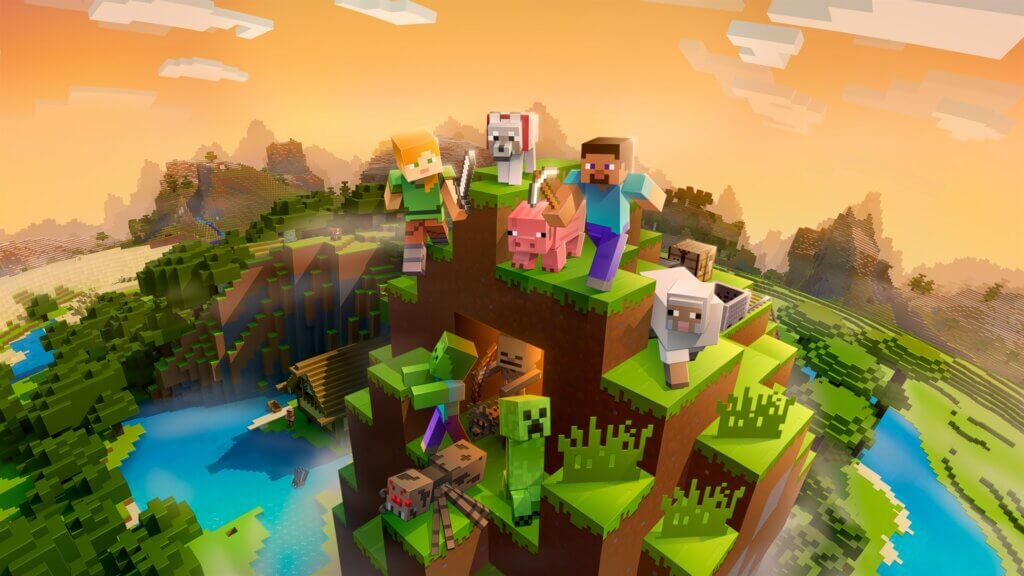
In this blog, Rufaro from the Childnet Youth Advisory Board looks at the Board’s second call, and their plan for the future.
“In an ever-changing social media landscape the Childnet Youth Advisory Board (YAB) discussed the rebranding of Twitter to X, possible topics we could cover in our YAB toolkit, and Childnet’s messaging for young people about grooming and talking to strangers online.
It is paramount that young people’s views and opinions are taken into account when discussing social media issues because they impact us too.
We started off the discussion by expressing our opinions and concerns about the rebranding of Twitter to X and the number of people who have left since Elon Musk took control.
Many of us expressed that we know many young people who have left Twitter in pursuit of Instagram Threads, which will undoubtedly affect Twitter.
However, there are a few people who do not seem to care about the rebrand and are still calling it Twitter.
Some Instagram Threads users ‘don’t like Threads as much as they thought,’ possibly due to a feeling of inauthenticity, or the lack of controversy that is synonymous with Twitter.
During our next conversation about the Youth Advisory Board Toolkit, we were posed with the following three questions:
- What topics should schools be doing more on?
- What topics need a new perspective?
- and What do schools struggle to talk about or avoid?
One of the main things we agreed on was reliability, meaning who we are able to trust on social media, like role models online.
Schools almost never talk about online figures and how to engage with a social media influencers’ content when they make distasteful mistakes or have major shortcomings in the public eye.
Many influencers push and establish an unrealistic standard of beauty, which heavily contributes to body image issues and body dysmorphia, another situation shied away by most schools. Rather than telling young people to shy away from social media, schools should address these perceptions of conventional attractiveness with young people.
As young people, we undoubtedly experience many cyberbullying workshops, assemblies and preparatory interventions. However, the advice is often generic, unrealistic and doesn’t show that much nuance in the ‘exemplar’ scenarios.
It often shows a few mean texts to the victim and shows their behaviours in their other relationships change, but it rarely shows how to productively combat it. And the nuances often go unnoticed.
For instance, if the bullies are popular in the school, then calling out their nasty behaviour or reporting it with their knowledge can intensify the severity of the situation.
Now the main body of the conversation: grooming.
To young people, our idea of grooming is when someone builds a relationship, an emotional bond with a young person, to manipulate and exploit the young person for their own personal gain.
This led into our discussion about what schools have done to educate young people and make them more aware of the increasing problem of grooming. Some of us expressed that our school hasn’t formally taught any material about grooming, whether that be in assemblies or in PSHE lessons. A few had some KS3 formal teaching around the subject, but we concluded that there was either a lack of grooming teaching materials or unrealistic scenarios.
So, when we can’t turn to school for this information, who do we turn to? Friends. Friends often give objective opinions in order to make sure that their friend isn’t in an exploitative relationship dynamic.
It must be noted that relationships and bonds are formed over the internet daily, like in video games and dating apps.
In video games, it is normal to play with other people you don’t know so it is possible for grooming to happen.
The group agreed that children and young people do not really use traditional dating apps until they are 18. It was felt that our age group are much more likely to use Snapchat to meet to new people online, however there was a concern that when chatting to new people online it is difficult to know if someone is posing as someone they are not.
To conclude we discussed our ideas for our mission statement. This will form the basis of our commitment to ourselves, each other and the wider communities we are determined to serve. We have collated a few main phrases from what we have said we would like to bring to Childnet and are deciding on the main phrases that encapsulate our goals.”


